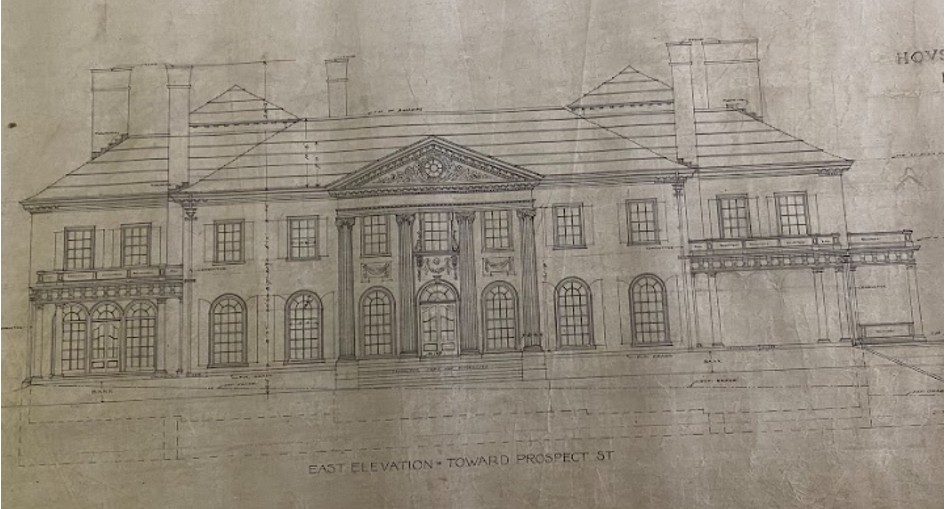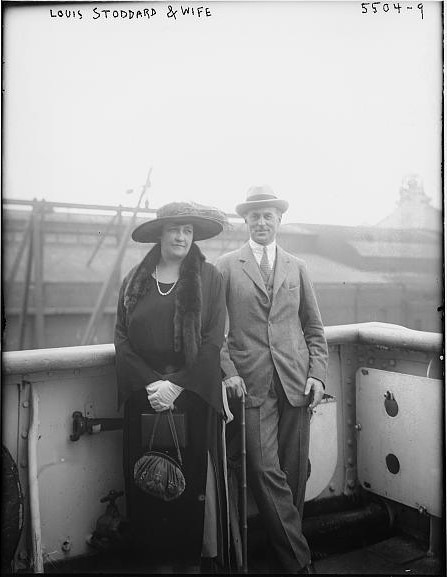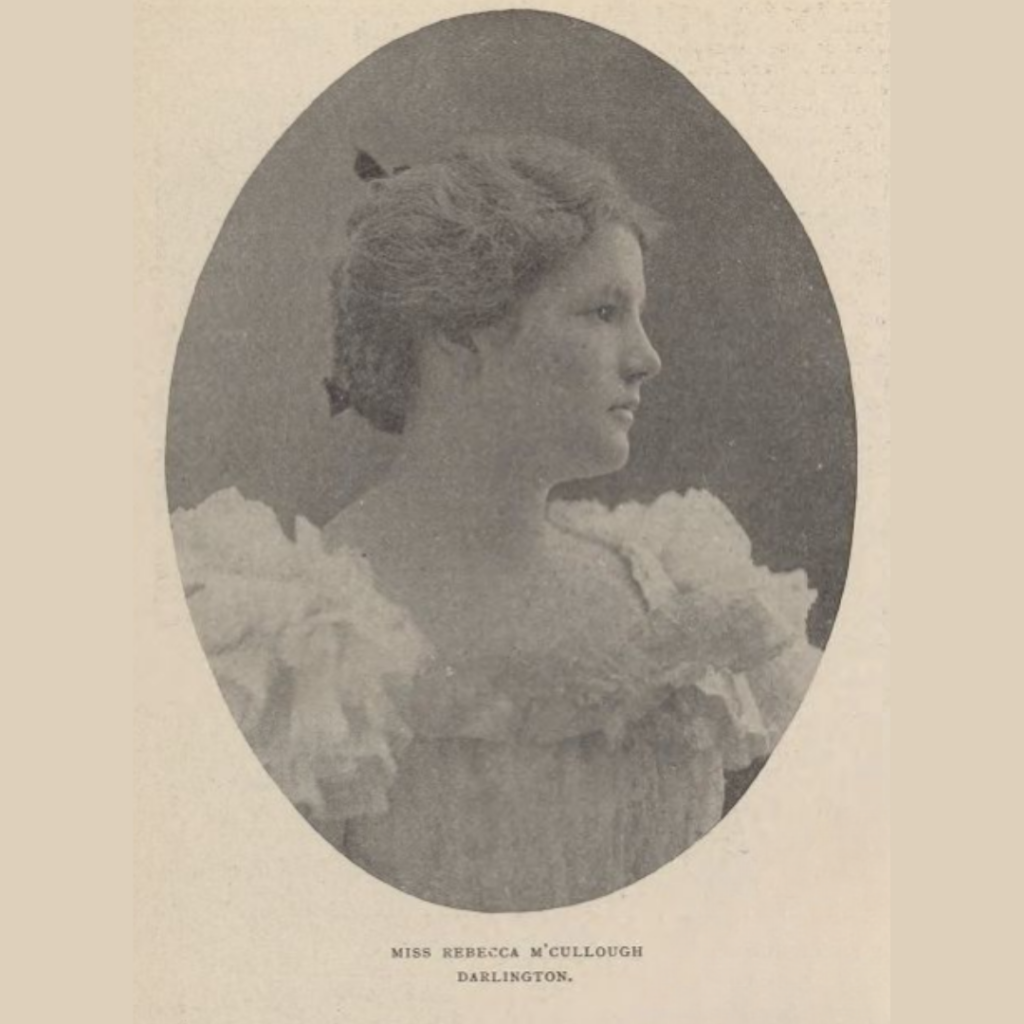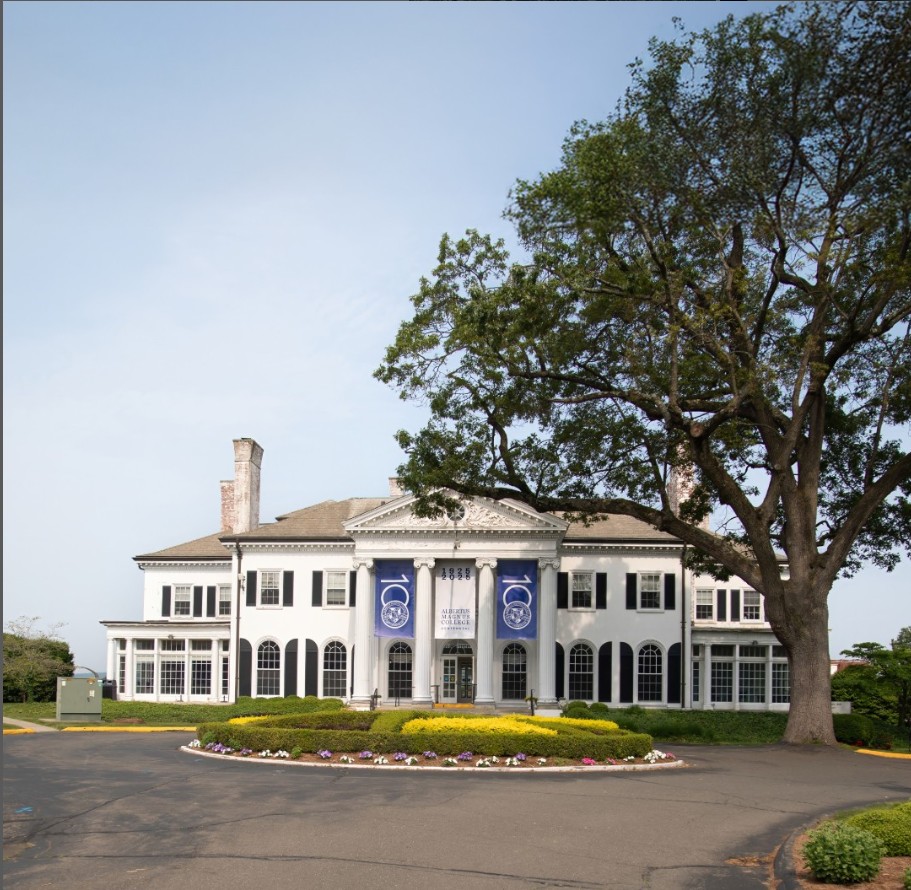Rosary Hall and Its Occupants
The following article appeared in the Centennial Newsletter on August 11th, 2025.
Long before any buildings were constructed on the property that now is known as Rosary Hall of Albertus Magnus College, this land was inhabited by the Quinnipiac Native Americans. Much later, after the Quinnipiac had been run out of this area, the land on which Rosary Hall now sits, was part of a golf course. In fact, what began as a nine-hole course grew until it reached all the way north to Division Street, in New Haven, and south to Goodrich Street in Hamden, and became an eighteen-hole course. Eventually, this course was moved to Hamden, where it became the New Haven Country Club. With the move of the golf course from Prospect Street, the land began to be broken down into building lots.
The marriage in 1904 of Rebecca McCullough Darlington to Louis E. Stoddard brought two wealthy and distinguished families together, and became an incentive for Rebecca’s father to finance a mansion on ten acres of property on Prospect Hill near the Hamden border as a wedding gift to the newly married couple. The mansion, called Tenacres by the family and later to become Rosary Hall, was designed and built by the architectural firm Peabody and Sterns. The facade was designed to resemble the nation’s White House. In addition to the mansion, the property also included horse stables and a carriage barn. These buildings accommodated Louis Stoddard’s love of polo. Years later, the stables and barn would be converted to a theater and a laundry for Albertus Magnus College.
The couple moved into the fifty-room mansion in 1906, and the Stoddards lived there for seven years with their children Betty, Barbara, and then Louis Stoddard, Jr. Rebecca died in 1913, a few days after Louis Jr’s birth.
During their life at Tenacres, as the mansion on Prospect Hill was called, the Stoddards were active socially with other wealthy and distinguished members of New Haven society, and entertained often and lavishly. In addition, Rebecca Stoddard became committed to the Leila Day Nurseries, a New Haven organization dedicated to the needs of young children of all backgrounds. She served on the Board of Trustees, and was especially devoted to the summer camp sponsored by the organization. She and Louis, who summered at the East Haven shore each year with their children, purchased a beach cottage for use by the Leila Day for its summer activities.
Eventually, the Stoddard family donated their own larger beach house to the Leila Day Nurseries for the purpose of accommodating a greater number of children than the original cottage had provided. The Leila Day Nursery summer camp continued to operate in East Haven for approximately thirty years. The Leila Day Nursery continues to operate in New Haven with a respected pre-school program. The beach house in East Haven has a history of its own, ending in 1992 when it perished by fire.
Following the death of Rebecca, Louis Stoddard continued to live at Tenacres until 1915, when he married Mary Andrews and moved the family to Long Island, New York. Thereafter, they used Tenacres as a weekend home. Louis became increasingly active in polo, as a player and as an administrator and officer in several polo organizations, both in the United States and in England.
During World War I, the Stoddard estate was used by the Red Cross as a preparation and training site for war activities.
Following World War I, Tenacres estate continued to be held by the Stoddard family until 1924, when it was purchased by the Dominican Sisters of St. Mary of the Springs in Ohio, today’s Dominican Sisters of Peace, for the purpose of establishing a Catholic liberal-arts college for women. The Dominican Sisters of Peace continue to sponsor the college, now co-educational, with a number of graduate programs in addition to its widely respected undergraduate liberal arts program.
Contributed by: Dr. Joan Venditto




